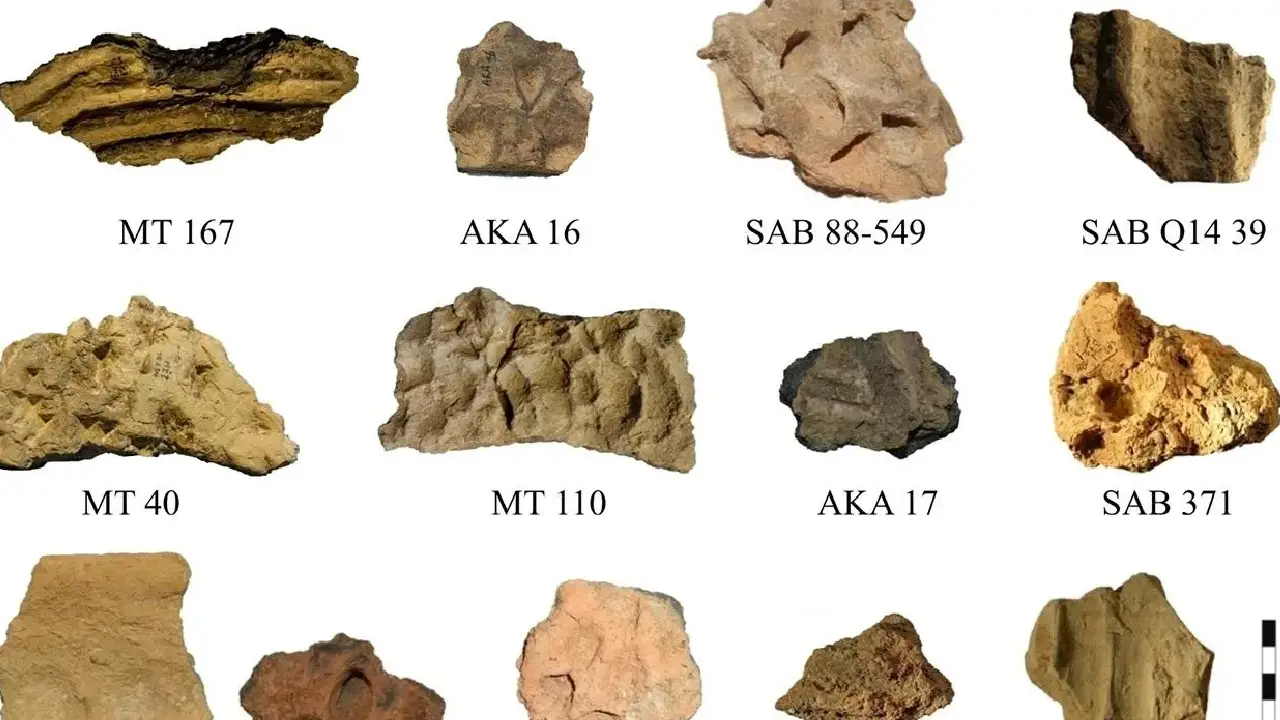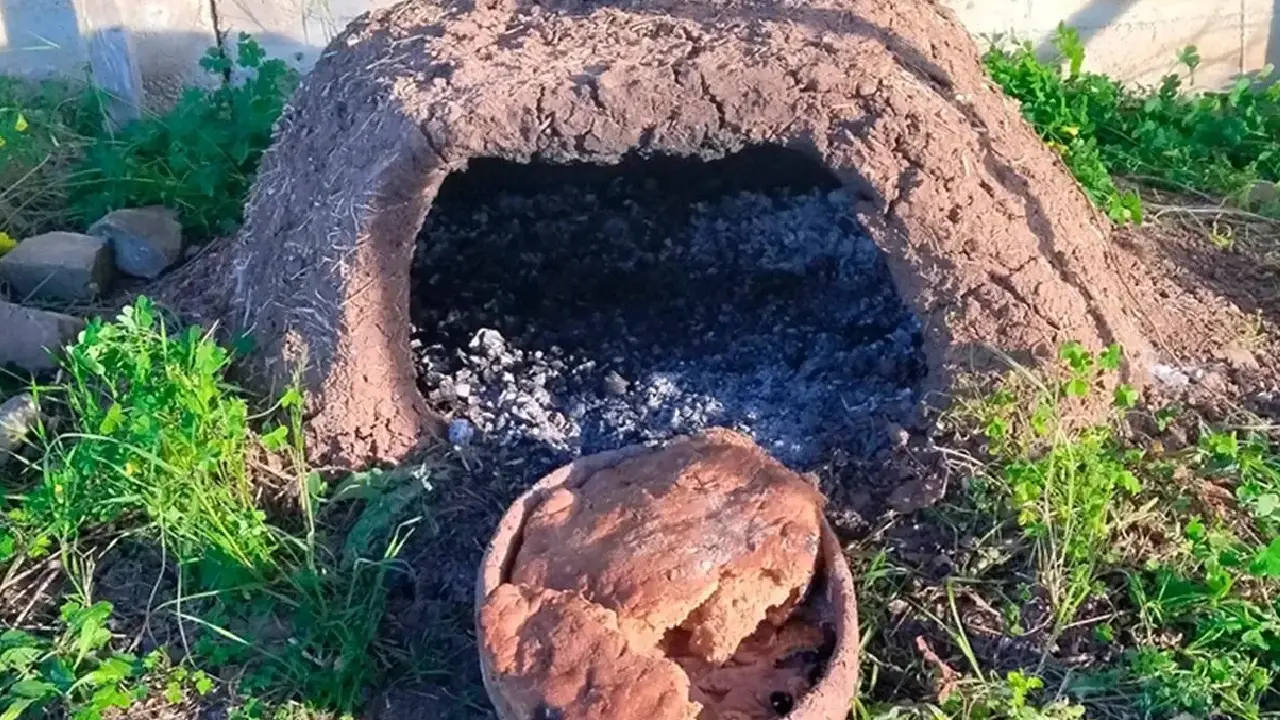A 9,000-Year-Old Culinary Tradition
New archaeological research has unveiled a fascinating glimpse into the culinary past, pushing back the origins of focaccia-like bread to the Neolithic era, some 9,000 years ago. This discovery, published in Scientific Reports, challenges the long-held belief that focaccia is a Roman invention.
The research, led by scientists from the Autonomous University of Barcelona (UAB) and the University of La Sapienza in Rome, focused on ceramic fragments from sites in modern-day Syria and Turkey. These fragments, identified as parts of husking trays, were used to bake large, flatbreads.
A Communal Culinary Practice

These Neolithic communities, thriving in the Fertile Crescent, were skilled in cultivating cereals and transforming them into a variety of breads. The husking trays, large, oval-shaped containers with grooved interiors, were essential tools in this process. By baking dough directly on these trays, they produced flatbreads that bore a striking resemblance to modern focaccia.
The researchers conducted experiments using replica husking trays to replicate the ancient baking process. They discovered that these trays could accommodate loaves weighing up to 3 kilograms, suggesting that bread-making was a communal activity, with large loaves baked for shared meals.
A Diverse Culinary Palette
Chemical and microscopic analysis of the tray fragments revealed that the Neolithic bakers experimented with various ingredients, including wheat, barley, animal fat, and plant-based seasonings. This diversity indicates a sophisticated and evolving culinary tradition.

The discovery of these ancient bread-making practices highlights the ingenuity and resourcefulness of Neolithic communities. By understanding their culinary techniques, we gain insights into the development of human civilization and the origins of our modern food traditions.
The revelation that focaccia-like bread was enjoyed by Neolithic people thousands of years ago challenges our understanding of culinary history. It underscores the importance of archaeological research in uncovering the rich and complex tapestry of human culture.

Leave a Reply